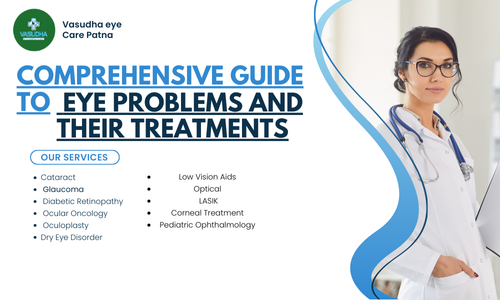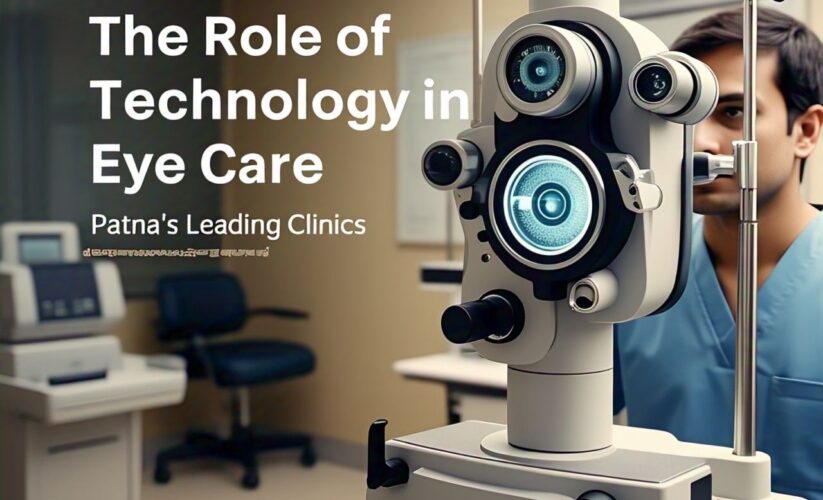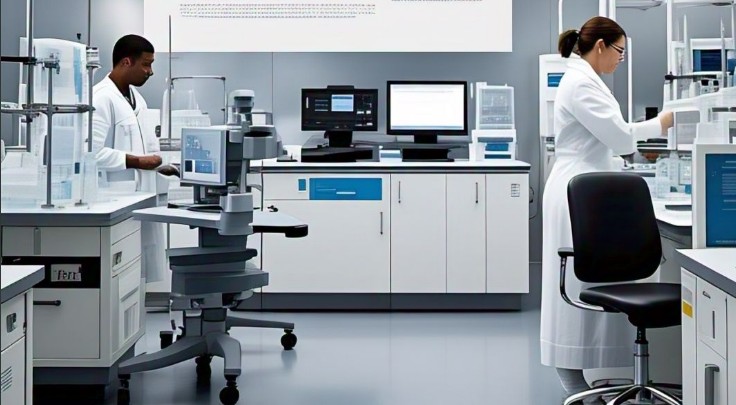Comprehensive Guide to Eye Problems and Their Treatments

Eyes are one of the most vital organs, allowing us to experience the world around us. However, various eye problems can affect our vision and overall eye health. In this guide, we will explore common eye issues and their treatment processes.
Common Eye Problems
1. Cataracts
- Description: Cataracts occur when the lens of the eye becomes cloudy, leading to blurred vision.
- Symptoms: Difficulty seeing at night, sensitivity to light, and faded colors.
- Treatment: The primary treatment for cataracts is surgical removal of the cloudy lens, followed by the implantation of an artificial lens.
2. Glaucoma
- Description: Glaucoma is a group of eye diseases that damage the optic nerve, often due to high intraocular pressure.
- Symptoms: Often asymptomatic in early stages, but can lead to peripheral vision loss.
- Treatment: Treatment options include prescription eye drops, oral medications, laser therapy, or surgery to lower eye pressure.
3. Macular Degeneration
- Description: This age-related condition affects the central part of the retina (macula), leading to vision loss.
- Symptoms: Blurred or distorted central vision, difficulty recognizing faces.
- Treatment: While there is no cure, treatments such as anti-VEGF injections, photodynamic therapy, and dietary supplements can slow progression.
4. Diabetic Retinopathy
- Description: A complication of diabetes that affects blood vessels in the retina.
- Symptoms: Blurred vision, floaters, and dark spots.
- Treatment: Management includes controlling blood sugar levels, laser treatments, and vitrectomy in advanced cases.
5. Dry Eye Syndrome
- Description: A condition where the eyes do not produce enough tears or the right quality of tears.
- Symptoms: Dryness, irritation, redness, and blurred vision.
- Treatment: Options include artificial tears, prescription eye drops, and lifestyle changes to reduce symptoms.
Treatment Process
Diagnosis
The first step in addressing any eye problem is a comprehensive eye examination. An eye specialist will use various tests to diagnose the specific condition, which may include:
- Visual acuity tests
- Tonometry (measuring eye pressure)
- Optical coherence tomography (OCT)
- Fundus photography
Treatment Options
Once diagnosed, treatment will depend on the specific condition:
- Medications: Prescription eye drops or oral medications may be necessary for conditions like glaucoma or dry eyes.
- Surgery: Surgical interventions may be required for cataracts, advanced glaucoma, or retinal issues.
- Lifestyle Changes: For conditions like diabetic retinopathy and dry eye syndrome, managing overall health and hydration is crucial.
Follow-Up Care
Regular follow-up appointments are essential to monitor the effectiveness of treatments and make necessary adjustments. This ensures optimal eye health and vision preservation.
Conclusion
Understanding common eye problems and their treatments can empower individuals to seek help promptly. Regular eye exams and being aware of symptoms are key to maintaining good eye health. If you experience any vision changes, consult an eye specialist to ensure timely intervention and treatment. Your vision is worth it!





